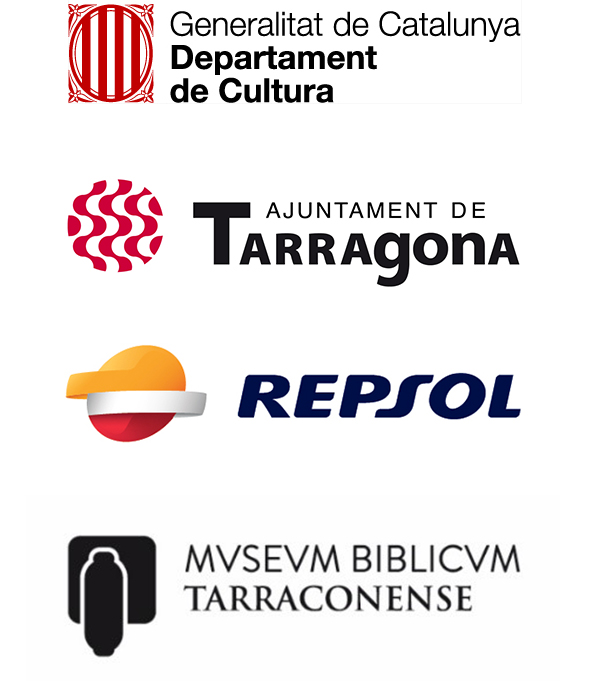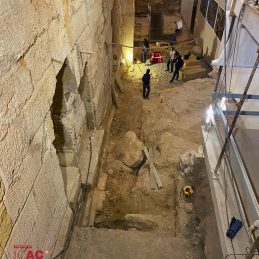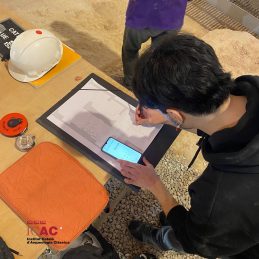
The archaeological intervention in the northern Cloister of the Cathedral of Tarragona is reaching its final phase.
Este mes de noviembre, un equipo de arqueólogos del grupo de investigación MIRMED del ICAC-CERCA ha concluido la intervención en los niveles tardoantiguos y medievales, un período histórico en el que el espacio del Claustro experimentó una profunda transformación respecto a su estado original.
Thanks to the work carried out by the MIRMED team, a series of evidence has been recovered that will contribute to a better understanding of this evolution.
The imperial cult precinct lost its original function, eventually becoming a quarry and dump area in the late Roman period, and part of the canonical dependencies during the recovery of the space between the 12th and 13th centuries.
The earliest traces of the space related to the construction tasks of the north-western closing wall of the perimeter portico of the temenos are starting to be detected.
During the excavation process of the Roman-era construction levels, some of the large detached mother rock fragments have been recorded and removed to proceed appropriately with the excavation.

An intervention that stems from a triple focus: scientific, educational, and museography
In addition to scientific research, the Cathedral project focuses on the opportunities it offers as an educational tool. Hence, a group of archaeology students collaborated on excavation tasks for three weeks. Thank you very much for your contribution!
This is an immersive practical experience in an unparalleled environment that we hope can contribute to high-quality training for the new generations of archaeologists.
The action is part of the four-year project Excavacions a l’entorn de la Catedral de Tarragona (III Fase) (CLT009/22/00102), led by researchers Josep M. Macias (ICAC-CERCA) and Andreu Muñoz Melgar (MBT/ICAC), and will culminate in the opening of a museographic proposal on the surroundings of the acropolis of Tarraco with the remodeling of the new Diocesan Museum of Tarragona.
The project is funded by the Department of Culture of the Generalitat de Catalunya (CLT009/22/00102), the City Council of Tarragona, Repsol, and the Tarraconense Biblical Museum.










